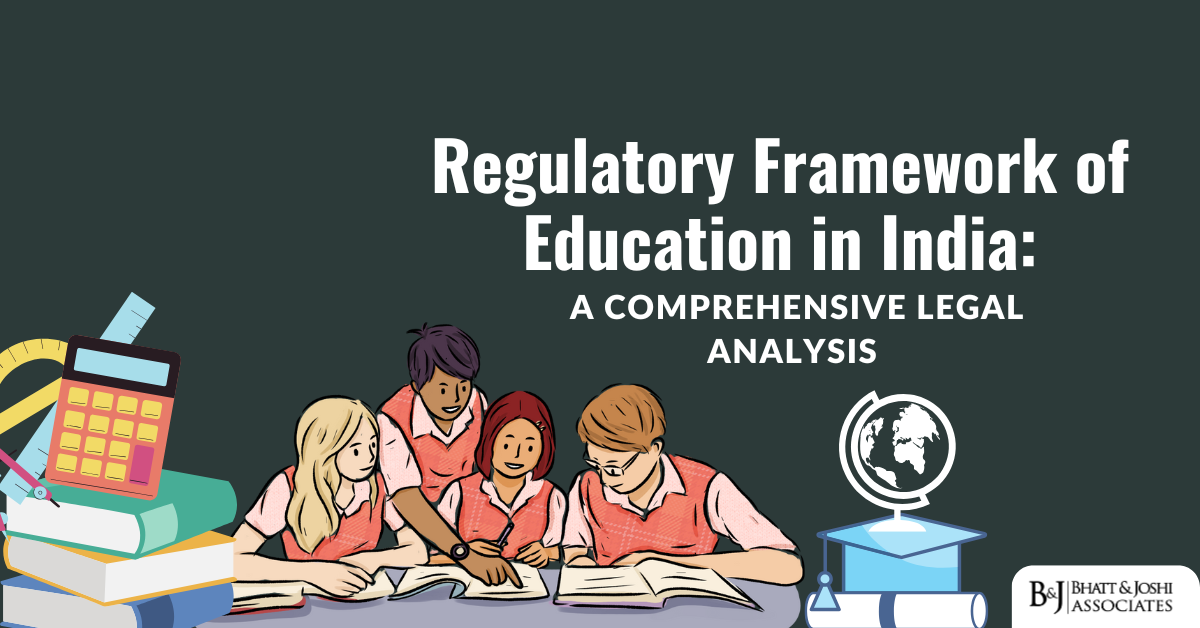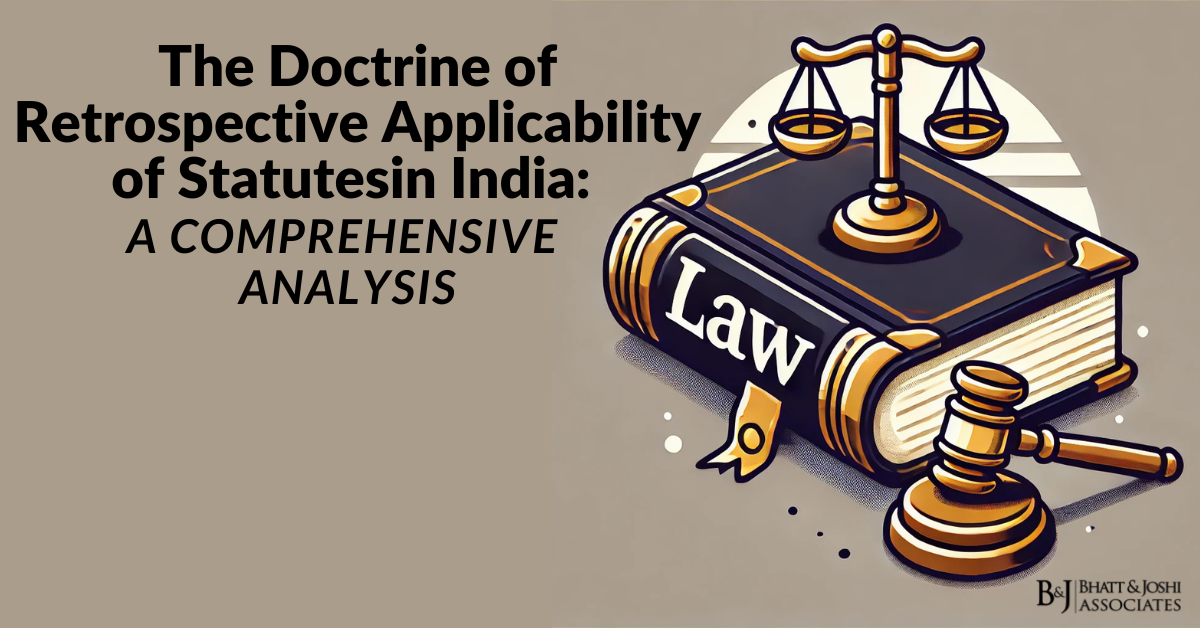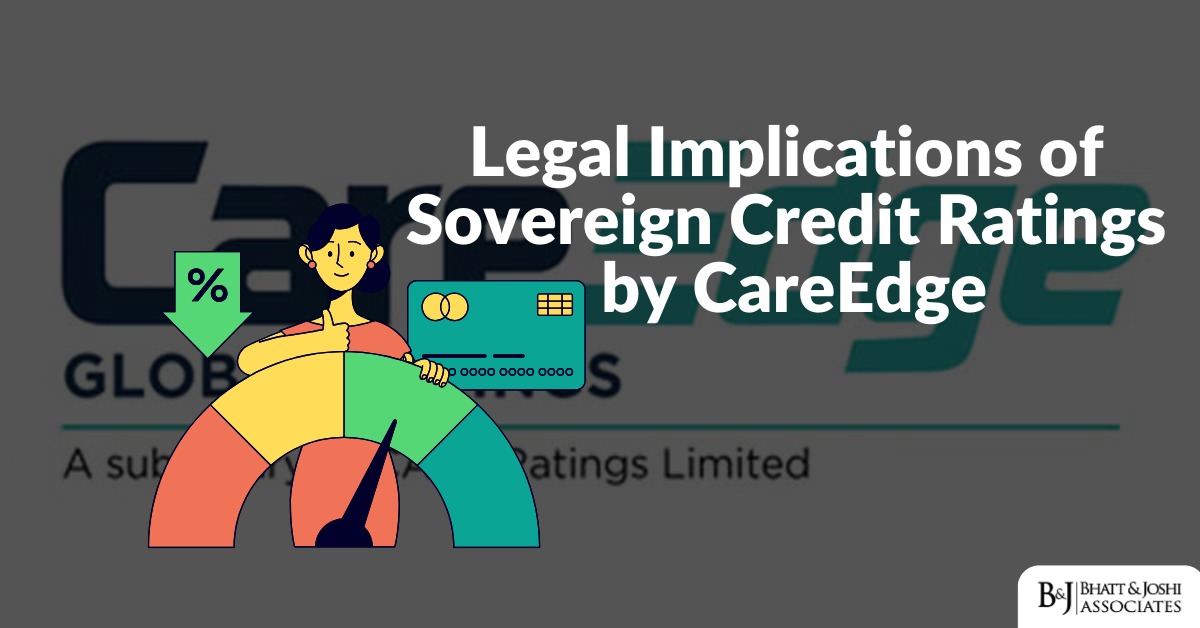Introduction
India’s education system is governed by a multi-layered regulatory structure influenced by constitutional mandates, statutory bodies, and judicial interpretations. The legal framework spans primary to higher education, including distance learning, and involves both central and state authorities under the Concurrent List. This article provides an in-depth analysis of the regulatory framework of education in India, highlighting key institutions, legislative provisions, and judicial interventions.
Constitutional Foundations and Legislative Authority
The Indian Constitution recognizes education as a concurrent subject under Entry 25 of List III, allowing both Parliament and State Legislatures to enact laws on education. A major shift occurred with the 42nd Amendment Act (1976), transferring education from the State List to the Concurrent List, thereby enabling central oversight.
Key constitutional provisions shaping India’s education policy include:
- Article 21A: Introduced through the 86th Constitutional Amendment (2002), making free and compulsory education a fundamental right for children aged 6-14 years.
- Article 45: Directs the state to provide early childhood care and education for children below six years.
- Article 46: Mandates the promotion of educational and economic interests of Scheduled Castes, Scheduled Tribes, and other weaker sections.
- Directive Principles of State Policy (DPSP): Envisage universal education as a fundamental governance priority.
Judicial interpretations have reinforced the constitutional commitment to education:
- Mohini Jain v. Karnataka (1992): Declared education a fundamental right under Article 21.
- Unnikrishnan JP v. Andhra Pradesh (1993): Defined the state’s obligation to provide primary education.
- Society for Unaided Private Schools v. Union of India (2012): Upheld the Right to Education (RTE) Act, 2009, including the 25% reservation for economically weaker sections (EWS) in private schools.
Regulatory Authorities Across Educational Levels
1. Primary and Secondary Education
Governing Institutions
- National Council of Educational Research & Training (NCERT): Develops national curricula and educational policies.
- State Councils of Educational Research & Training (SCERTs): Customize NCERT guidelines for regional contexts and administer teacher training programs.
- Central Board of Secondary Education (CBSE): Regulates affiliated schools, conducts board exams (Class X & XII), and sets academic standards.
- State Boards of Education: Administer secondary education at the state level, regulating syllabus and examinations.
- National Institute of Open Schooling (NIOS): Provides flexible learning options for secondary education.
Key Legislation
- Right to Education (RTE) Act, 2009:
- Mandates free and compulsory education for children aged 6-14.
- Prescribes infrastructure norms and pupil-teacher ratios.
- Enforces the 25% EWS quota in private schools.
2. Higher Secondary and Vocational Education
- National Skill Development Corporation (NSDC): Regulates vocational education and skill-based training.
- State Technical Education Boards: Oversee polytechnic institutions and diploma courses.
3. Higher Education Regulation
University Education
- University Grants Commission (UGC): Established under the UGC Act, 1956, responsible for:
- Regulating university education and academic standards.
- Providing grants to universities.
- Enforcing norms such as Minimum Qualifications for Teachers (2018) and Open and Distance Learning Regulations (2020).
- All India Council for Technical Education (AICTE): Regulates technical and management institutions under the AICTE Act, 1987.
- National Medical Commission (NMC): Replaced the Medical Council of India (MCI) in 2020, overseeing medical education.
- Bar Council of India (BCI): Regulates legal education and law universities.
Regulatory Framework for Distance Education In India
Distance learning is governed by the UGC (Open and Distance Learning) Regulations, 2020. The key institutions include:
- Indira Gandhi National Open University (IGNOU): The apex body for distance education.
- State Open Universities (SOUs): Offer localized open learning programs.
- Dual Mode Universities: Regular universities authorized to offer distance learning courses.
Judicial Precedents on Distance Education in India
- Orissa Lift Irrigation Corp. Ltd. v. Rabi Sankar Patro (2017): The Supreme Court barred deemed universities from offering technical programs via distance mode without AICTE approval.
- Supreme Court’s Intervention in Distance MBA (2020): Affirmed that online and distance MBA programs must meet AICTE standards.
Judicial Oversight and Writ Jurisdiction in Education
High Courts and the Supreme Court exercise writ jurisdiction under Article 226 and Article 32 over education matters, particularly concerning:
- Regulation of Private Educational Institutions:
- Calcutta HC in Puja Rai v. St. Xavier’s College (2021): Held that private unaided institutions performing public duties are subject to writ jurisdiction.
- Allahabad HC in Anshuman Singh Rathore v. Union of India (2024): Upheld state authority to regulate madrasa education.
- Admission and Examination Disputes:
- Modern Dental College v. State of MP (2016): Upheld NEET as a standardized medical entrance exam, balancing autonomy and regulation.
Challenges and Policy Considerations in India Education System
The concurrent nature of education regulation presents both harmonization opportunities and jurisdictional conflicts:
- National Education Policy (NEP) 2020 Implementation:
- Introduction of PM-SHRI schools combining central funding with state execution.
- Proposal for the Higher Education Commission of India (HECI) to consolidate UGC, AICTE, and NCTE.
- EdTech Regulation: The absence of legal frameworks for online learning platforms and AI-driven education.
- Foreign Universities in India: The NEP proposal to allow foreign universities raises concerns under the Foreign Educational Institutions Act (draft).
- Equity and Access: Public Interest Litigations (PILs) challenging EWS quota implementation in elite private schools.
Conclusion: The Evolving Framework of Education in India
India’s education sector operates within a dynamic regulatory environment, balancing quality assurance with equitable access. The evolving judicial oversight and policy initiatives like NEP 2020 indicate a shift towards a standardized yet flexible framework. However, resolving center-state conflicts, strengthening distance education, and addressing emerging challenges like EdTech governance will be crucial in shaping the future of India’s education landscape.














